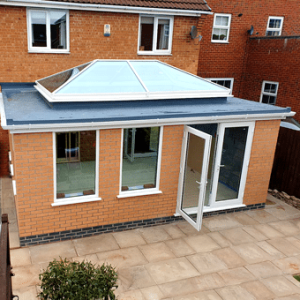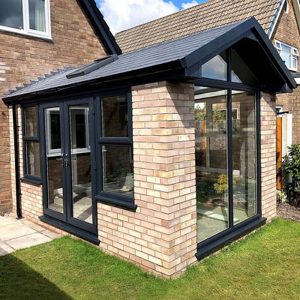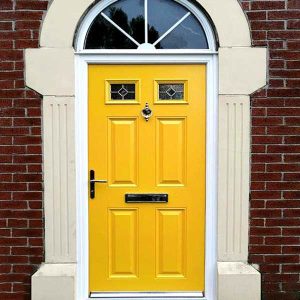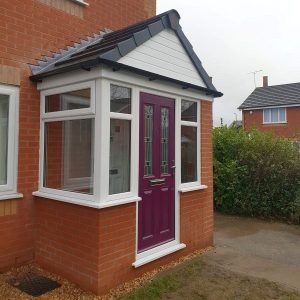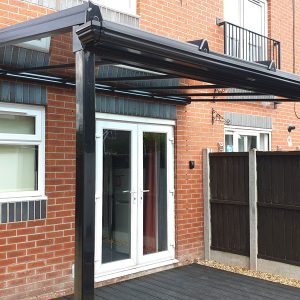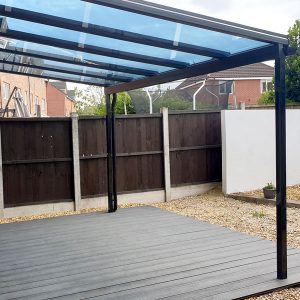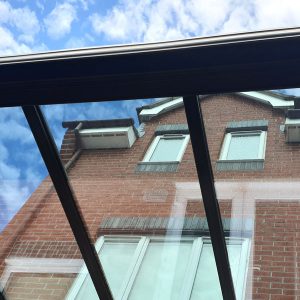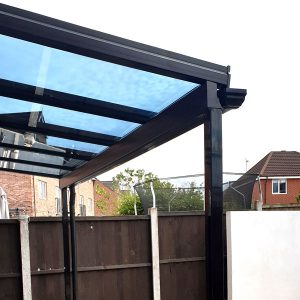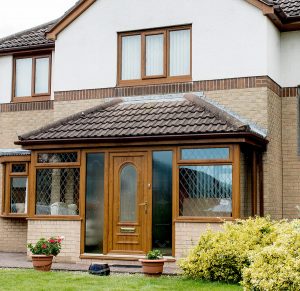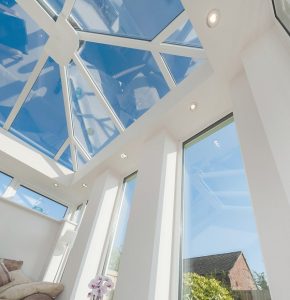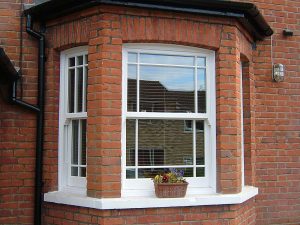Condensation on kitchen windows occurs when warm, moist air meets the cooler glass surface, leaving water droplets behind. This issue can lead to mould growth, damage to window frames, and an uncomfortable environment. Fortunately, you can take several effective steps to prevent condensation and maintain clear, dry windows.
Understanding Why Condensation Forms on Kitchen Windows
Condensation forms because kitchens generate significant moisture. Boiling water, cooking, and washing dishes release steam into the air. When this warm, humid air comes into contact with the cold window surface, it turns into water droplets.
Effective Ways to Stop Condensation on Kitchen Windows
You can address condensation on kitchen windows by managing humidity, improving ventilation, and keeping surfaces warm.
1. Improve Ventilation
Proper airflow plays a key role in reducing condensation. Take the following steps to ventilate your kitchen effectively:
– Use an Exhaust Fan: Turn on the exhaust fan while cooking or washing dishes to remove excess moisture. Ensure the fan vents outside the house for maximum effectiveness.
– Open Windows: Crack open a window while cooking to allow moist air to escape. This step works especially well in colder months when indoor humidity tends to rise.
– Install Trickle Vents: Add trickle vents to your windows to maintain a steady flow of fresh air without fully opening them.
2. Reduce Indoor Humidity
Lowering the amount of moisture in the air helps prevent condensation. Use these methods to control humidity:
– Cover Pots While Cooking: Use lids on pots to trap steam and reduce moisture in the air.
– Dry Dishes and Surfaces Promptly: Wipe down wet surfaces and dishes to minimise lingering moisture.
– Use a Dehumidifier: Place a portable dehumidifier in the kitchen to capture excess moisture, especially in high-humidity seasons.
3. Warm the Window Surface
Raising the temperature of your windows can help prevent condensation. Try these techniques to keep the glass warmer:
– Install Double-Glazed Windows: Double glazing insulates the window, keeping the glass surface warmer and reducing the likelihood of condensation.
– Use Thermal Curtains or Blinds: Add thermal window coverings to retain warmth around the glass. Open them during the day to let in natural heat from the sun.
– Apply Window Film: Install insulating window film to reduce heat loss and keep the glass surface at a higher temperature.
Long-Term Solutions for Persistent Condensation
If condensation remains a persistent issue, consider these more permanent solutions:
1. Upgrade Kitchen Windows
Replace older single-pane windows with energy-efficient, double or triple-glazed models. These windows maintain a more stable interior temperature, reducing condensation.
2. Insulate the Home
Improving insulation throughout your home minimises temperature differences between the kitchen and other areas, helping to control condensation.
3. Address Potential Leaks
Seal gaps or cracks around windows to prevent cold air from entering. Caulking or weatherstripping can improve insulation and reduce condensation risk.
Why Addressing Condensation Matters
Ignoring condensation on kitchen windows can lead to bigger problems. Persistent moisture promotes mould growth, which affects air quality and damages the window frame. Additionally, excess humidity contributes to discomfort and can escalate energy costs as your heating system works harder to counteract dampness.
Conclusion
Stopping condensation on your kitchen windows involves managing moisture, improving airflow, and keeping window surfaces warm. Simple actions like using an exhaust fan, covering pots while cooking, and upgrading to double-glazed windows can make a big difference. By addressing condensation proactively, you can protect your home, maintain comfort, and enjoy clear, dry windows year-round.

